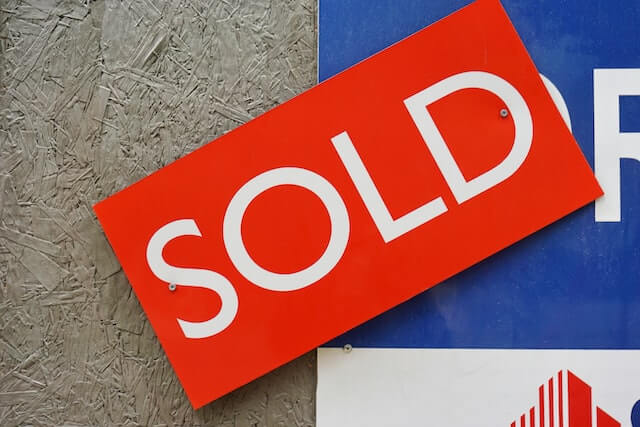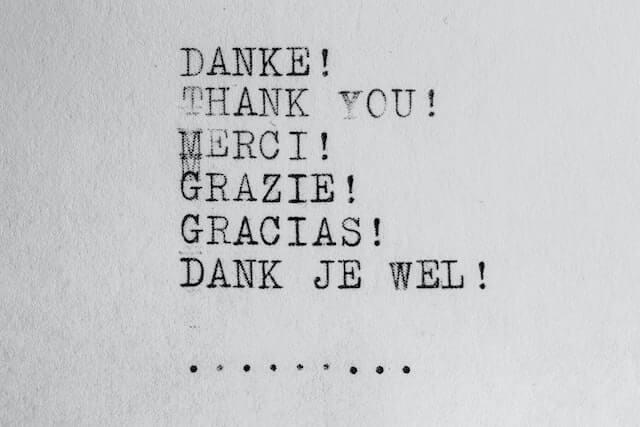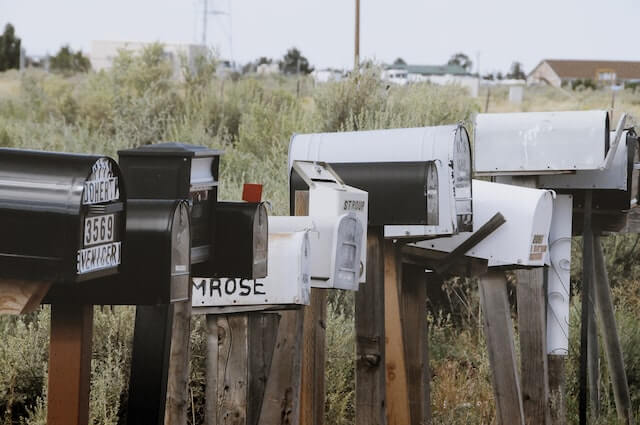We all understand the importance of making a good first impression. But too often, we forget to create a clear and memorable conclusion at the end of an interaction with a customer. It’s important for small business owners to understand that a customer’s experience at the end of a transaction lingers in their mind for days or even weeks after the transaction is completed.
To ensure a positive, memorable end to an interaction with your business, you want to end things on a high note. The best way to do that is by saying thank you. A sincere thank you will demonstrate that the transaction mattered to you and that you care about your customers as people.
If you aren’t sure where to start, then this article is for you. In addition to outlining the benefits of thank-you letters to your business, we list out nine suggestions for when and how you can thank your customers, regardless of the type of business you are in (e-commerce, retail, service) or the customers you serve (online, in-person, project or retainer clients).
What are the Benefits of Sending Thank-You Notes?
First and foremost, everyone appreciates being thanked. Offering sincere gratitude to others encourages positive relationships, strengthens the customer relationship and creates a base of loyal customers. After all, wouldn’t you prefer to give your business to someone who took the time to thank you for doing business with them?
A handwritten thank-you card is a great, personalized way to express gratitude. Wherever possible, infuse the process of thanking customers into company culture so that you never miss an opportunity to write and send them at every appropriate touchpoint with your valued customers.
If you are looking for specific examples, read our post about how the marketing team at tech accessory company HEX wrote 13,000 customer thank-you letters, which helped them build customer loyalty.
When Should a Business Send Thank-You Cards?
There are a variety of opportunities to use thank-you cards in business – we’ve listed nine as a start. Give some thought to your sales or service process, looking for natural places to offer thanks while creating an excellent customer experience. Regardless of what you discover, consider embracing as many opportunities to thank customers as possible.
Now that you understand how thank-you notes can help with marketing, here are nine ways to use thank you cards to get more business:
Thank you for meeting with us
- . The occasion could be a pitch, lunch, catching up, or some other meeting. Even if it doesn’t immediately lead to new business, networking is always a good idea. It’s even more powerful when you follow up with a thank-you.
Thank you for considering our organization.
- Regardless of whether you land the business, you should still thank others for their time. Try something like: “We understand that we aren’t the right at this time, but we appreciate your consideration. We want to stay in contact with you with the hope we can find a way to work together sometime in the future.”
Thank you for the opportunity.
- After you’ve been selected as the service provider, send a note to your new clients thanking them for choosing you and remind them that you’re just an email, text or call away if they need you or have any questions.
Thank you for your business.
- For projects that are short-term or for simple product purchases, send a thank-you note. They can be short and sweet: acknowledge that the customer made their first purchase on your website or stopped in to pick something up. You can also thank them once the project is completed. Adding some details about the purchase or the project will make your customers feel special.
Thank you for the continued work.
- If you have consistently been working with a client or customer for a year, send them a note to thank them for the continuing opportunity to serve.
Thank you for being a trusted vendor.
- All the businesses that make your business run (bookkeeping, for example) deserve recognition for their efforts. Thank them. Tell them that you appreciate what they do for you.
Thank you for sending a referral.
- If somebody likes your products or services, they will tell others. If they do, you should thank them. After all, word-of-mouth is one of the most powerful forms of marketing.
Thank you for providing a testimonial.
- If you have a customer or client who loves your company enough to tell others, you should thank them for their endorsement of your services or products.
Thank you for all you do.
- Not every thank-you needs to be directed to someone outside of your company. Thanking employees can go a long way toward improving morale in your organization.
Best Practices For How To Write A Thank-You Note
Now that you have several reasons to send a handwritten note, let’s turn our attention to things to keep in mind when you are creating a process to send out great thank-you notes to customers, vendors or others you have a business relationship with.
Handwritten Cards Are Best
Ok, we’re pretty biased here, but it’s because we truly believe in the power of the handwritten note – so much so we built Postalgia around it. You can see how our process works here. While it may seem easier to send a thank-you email, a handwritten, mailed thank-you note is far more powerful.
Whether you work with a service provider do it yourself, handwrite as much of the inside as possible, but at a minimum write out the recipient’s name and your signature. The whole point is to build good relationships. Use a personal touch in order to do that.
Create Templates
Over time, you’re likely to find yourself writing similarly worded thank-you cards, depending on the context. You will want to note where there is repetition and look for ways to save time.
For example, you can create a thank-you template for a new customer where all you need to do is insert the customer’s name and purchase. Rather than coming up with something completely new for every thank-you card you send out, you can rely on a template response.
Thank-You Notes Should Look Unique
This isn’t your typical business correspondence, so don’t treat a thank-you note the same way you would invoices, reports or receipts. Make sure your thank-you stands out and it is more likely to be opened and read.
Choose a unique envelope and make sure the address is handwritten. You can work with us to chose the envelope, handwriting style and card stock, or you can do it yourself. Either way, the effort you put in to create a unique note will get noticed.
Send Thank-You Notes Promptly and Consistently
No matter how busy you are, it’s important to send a thank-you card as soon as possible after a transaction, event or other notable occasions. If you are prompt, the gesture will more likely seem sincere. If you wait too long, it will come across as an afterthought.
Establish a system to make it easy
The more you plan out and automate the process, the better. You want the process of creating the perfect thank-you at every step. It may initially take some time and effort to create a process that works seamlessly with your operation, but that initial investment in automation will pay off in speed and efficiency down the road.
Leave sales out of it
It’s tempting to include the “next big thing” in any customer correspondence, but while offering thanks is not the right time. Sending thanks is good for building customer relationships, not for sales – at least in the immediate term. The one exception is a customer appreciation event or letting them know about something they might value, like a webinar or interesting blog post on something related to their purchase or service.
Be sincere
When penning your thank-you message, you want to make sure your words are sincere and heartfelt. From the salutation to the sign-off, giving the right impression is key. Remember, the entire point of this process is to deepen customer relationships and maintain customer retention.
You will want your message of thanks to connect directly back to the transaction, including specific details where appropriate. A note that looks like a generic form letter will have less of an impact. And don’t hesitate to let the unique personality of your organization (or you) shine.
Start Thanking Your Customers Today
You now have everything you need to start deepening your relationship with your customers. By making thank-you notes a priority, you will add an important personal touch to your interactions and stand out from your competitors.
Please reach out to our team if you’d like to automate the process of sending out thank-you notes at scale.
Want to level up your direct mail? Contact us.










